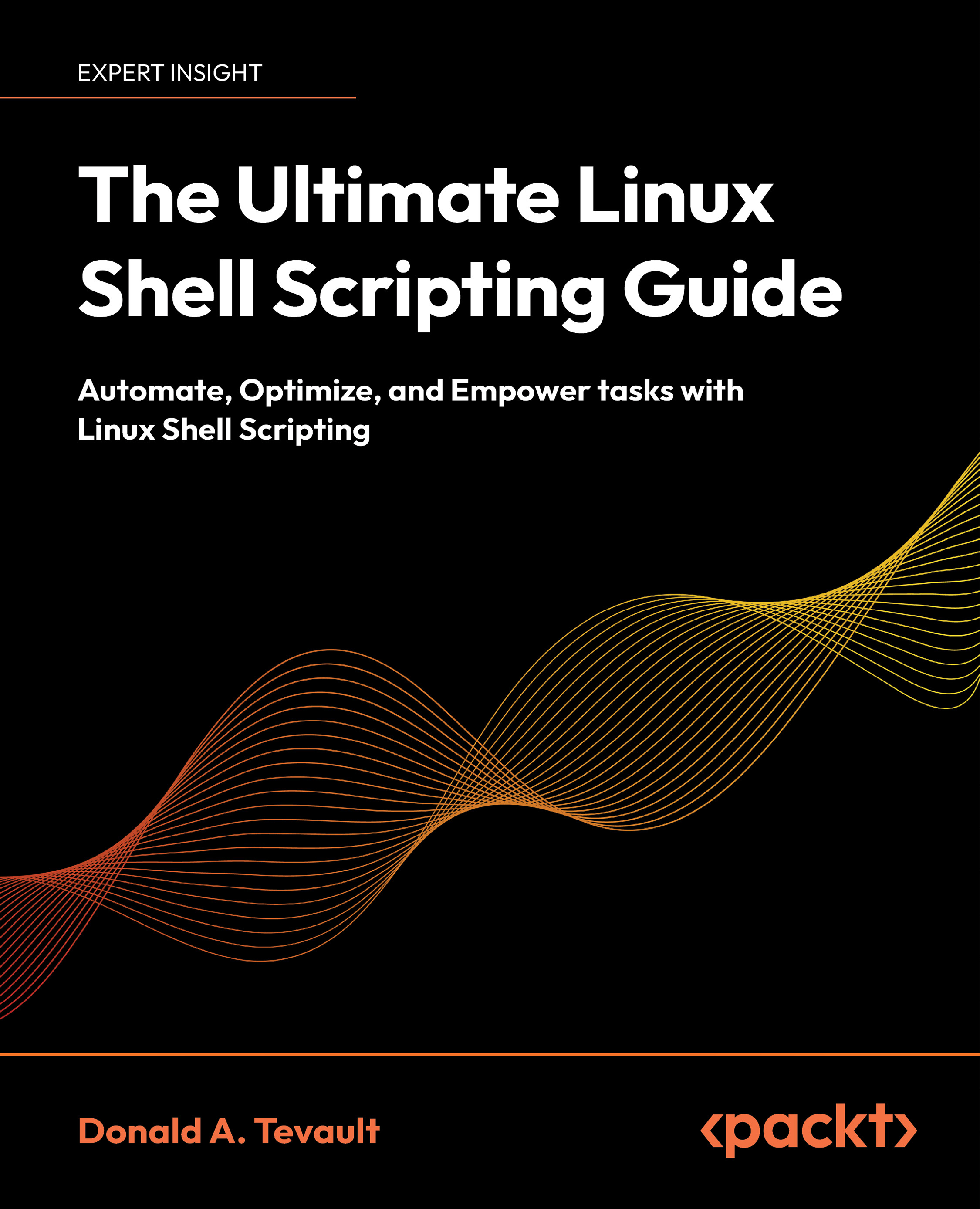Today's technology consumers demand always-on, real-time software solutions that are able to scale to rapidly changing loads. Companies demand deep insights into their customers to drive business decisions and predict market changes. Creative start-ups regularly disrupt long-standing industry leaders due to their ability to quickly innovate and bring new technology solutions to established problems.
The public cloud is a proven model for driving innovation. By lowering the turnaround for operations such as provisioning virtual machines or configuring networks, teams are able to spend less time waiting and more time solving business problems. By providing powerful and flexible permission systems, public clouds offer customers the ability to adopt self-service models for many operational tasks, further lowering the barrier for developers to get the ball rolling. By centralizing top talent across operations and security, public clouds are able to provide an extreme level of robustness and security in their products.
Perhaps the strongest motivator for many companies considering the public cloud is the rather large potential to reduce operational and infrastructure costs. By taking in the cost of building and managing data center, companies such as Amazon, Google, and Microsoft are able to achieve massive economies of scale. These economies of scale allow public clouds to outperform most private cloud solutions in terms of compute costs, storage, and infrastructure management costs—a benefit they then pass on to customers. Although many companies will fall somewhere between fully public cloud-based solutions and on-premise solutions (often called hybrid clouds), most businesses stand to gain significant savings by leveraging some level of public cloud services.
For a developer, public clouds offer many new and exciting ways to bring applications to your end users. In the simplest terms, this is achieved by abstracting away major components of application management that are not your direct concern. If your goal is to provide an API, your primary concern is likely building and running a collection of web services, not provisioning and maintaining the servers to host these services. If your application needs to persist user data, your primary concern is likely building out a well-tested data persistence layer backed by a reliable database, not managing the hard drives on which your data is persisted. Public clouds offer developers the ability to dedicate more time to solving the actual problems at hand by leveraging managed services.
In addition to these abstractions, public clouds offer a large number of solutions for supporting running applications. Common solutions include logging services, along with metric aggregation, tracing, and introspection services for application insights. Likewise, monitoring and alerting services are considered core functionality, and are usually deeply integrated with both logging services and the underlying application management platforms to provide a cohesive ecosystem for supporting robust cloud-native applications.
In this chapter, we will cover the following topics:
- Understanding the big trends in the public cloud space
- Identifying differences between the major cloud providers
- Understanding why Google Cloud Platform may be a good choice for your company
 United States
United States
 Great Britain
Great Britain
 India
India
 Germany
Germany
 France
France
 Canada
Canada
 Russia
Russia
 Spain
Spain
 Brazil
Brazil
 Australia
Australia
 Singapore
Singapore
 Canary Islands
Canary Islands
 Hungary
Hungary
 Ukraine
Ukraine
 Luxembourg
Luxembourg
 Estonia
Estonia
 Lithuania
Lithuania
 South Korea
South Korea
 Turkey
Turkey
 Switzerland
Switzerland
 Colombia
Colombia
 Taiwan
Taiwan
 Chile
Chile
 Norway
Norway
 Ecuador
Ecuador
 Indonesia
Indonesia
 New Zealand
New Zealand
 Cyprus
Cyprus
 Denmark
Denmark
 Finland
Finland
 Poland
Poland
 Malta
Malta
 Czechia
Czechia
 Austria
Austria
 Sweden
Sweden
 Italy
Italy
 Egypt
Egypt
 Belgium
Belgium
 Portugal
Portugal
 Slovenia
Slovenia
 Ireland
Ireland
 Romania
Romania
 Greece
Greece
 Argentina
Argentina
 Netherlands
Netherlands
 Bulgaria
Bulgaria
 Latvia
Latvia
 South Africa
South Africa
 Malaysia
Malaysia
 Japan
Japan
 Slovakia
Slovakia
 Philippines
Philippines
 Mexico
Mexico
 Thailand
Thailand
















